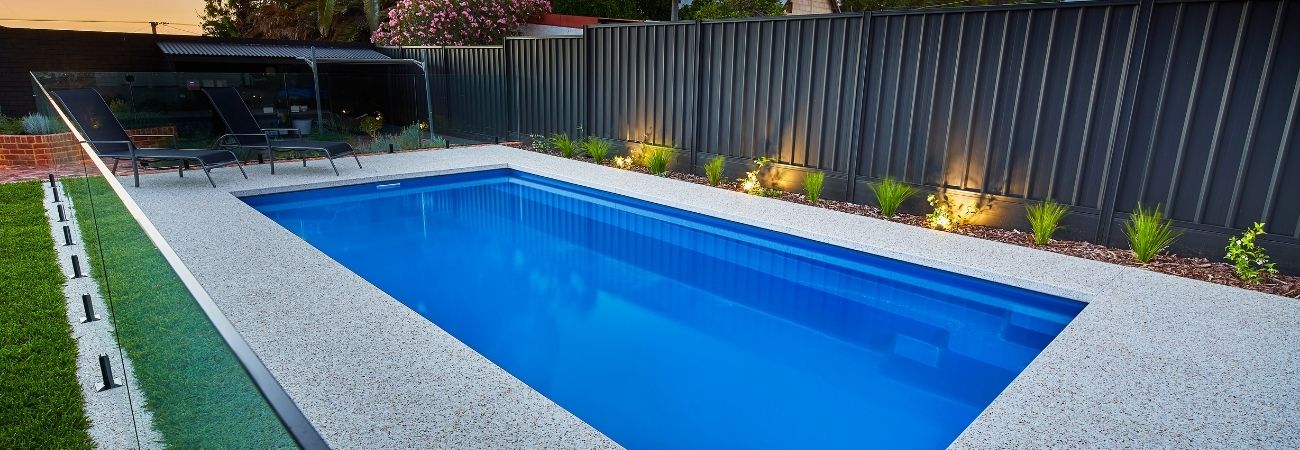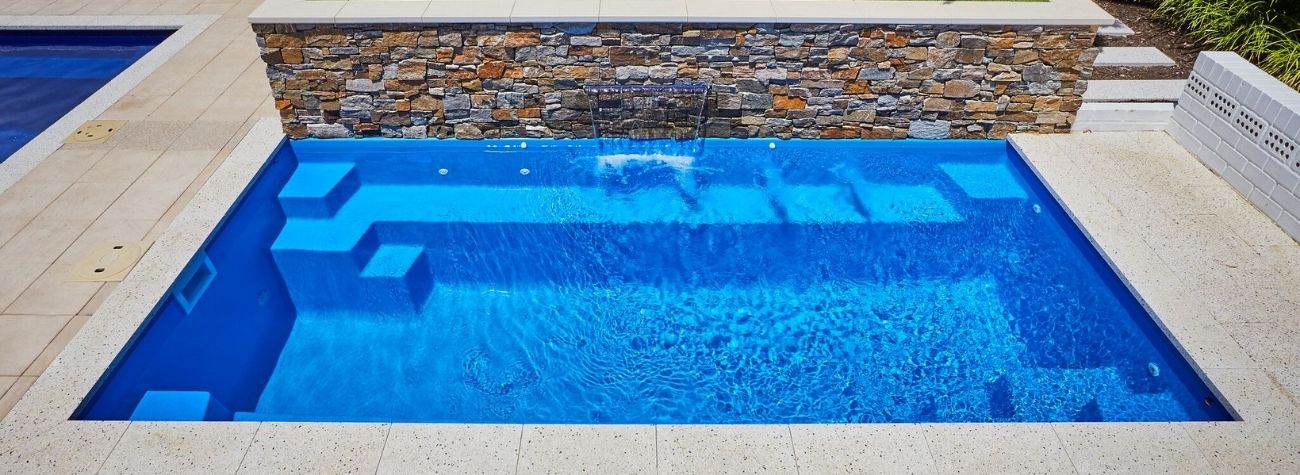A Great Guide on Pool Shock! How Often Should I Shock My Pool and How Much Do I Use?
Most pools need to be shocked every now and then, some more than others. If your pool isn’t looking as clean as it normally does, it may need to be shocked to bring it back to its former glory. We’ve put together this post to share everything you need to know about pool shock, including how often you should do it and how much you need to use.

What is pool shock?
Put simply, pool shock is the process of adding a high dose of chlorine to the pool.
Why should I shock my pool?
Pool shock is typically added to the pool for three specific reasons, including a build-up of chloramines in the water (bad chlorine), algae, and bacteria. Let’s take a look at these three problems and why you don’t want them in your pool. Here is our other guide on how often you should shock your pool!
Chloramines
Chloramines occur when there are more pollutants in the water than there is free chlorine (good chlorine), and as a result, the chlorine binds to these impurities and makes it ineffective. You can usually tell if your pool has too many chloramines as it will often give off a strong chlorine odour and, it may cause irritation to swimmers eyes, and or skin. Your water might appear cloudy or have a green hue to it also.
To fix this problem, you’ll need to elevate the level of free chlorine in your pool to separate the chloramine bonds. You can test the amount of chloramine in your pool with a DPD test kit. From the testing kit reading, you can determine how much shock you need to add. To break down the chloramines, it’s normally recommended that you add 10 times the amount of chlorine as chloramines.

Algae
Chlorine actively kills algae and when there isn’t enough of it in your pool, algae can multiply at a rapid rate, causing your pool to go green. This looks unpleasant and is unsafe to swim in. Shocking the pool will destroy the algae blooms. Before shocking to treat an algae infestation, you should first clear the pool of debris and run your pool vacuum. Shock in the late afternoon and run your filter pump overnight. You may need to do this a few times to clear the water up. Your other pool chemicals will most likely need rebalancing after doing this, and they can be checked with a water testing kit. For a slight algae bloom, you may only need around 10ppm of chlorine, 20pmm for moderate algae infestations and for severe blooms, you’ll need around 30ppm to eradicate it.
Bacteria
- Your pools filtration system does a good job of clearing pathogens such as bacteria, parasites, and viruses from the water but, for peace of mind, it’s a good idea to shock the pool. Bacteria can become a problem when:
- The pool is getting used a lot
- The pool hasn’t been dosed with enough chlorine
- There are issues with the filtration system that inhibits its ability to clear out the bacteria properly
If you’d like to check your pool water for bacteria, you can with a bacteria testing kit. If you don’t have one and don’t particularly want to buy one, you can dose the pool with a shock of 30ppm.
Your pool is under constant threat of bacteria exposure. Whether it’s from organic matter, bodily fluids, or parasites. Shocking the pool kills these nasties, preventing them from harming swimmers. Most bacterias found in swimming pools can be eliminated by using around 2-3ppm. If the level of contamination is high, this should be bumped up to 20ppm.
Circumstances that may require you to shock your pool more regularly
Heavy use periods
When your pool is being used regularly, your pool is more likely to get dirty from external contaminants and to prevent it from going green or cloudy, you’ll need to add shock to the water. This can help to keep it clear and reduces the likelihood of it becoming unsanitary. Fixing a green pool is more hassle than adding sh ock to your pool once a week to keep on top of it. It ensures that you don’t have to close your pool in the middle of a hot summer. Here is how to keep your fibreglass pool maintained after a heavy down pour of rain!

After significant rain
Whether you’ve had a heavy downpour of late or there have been lots of days with rain, it pays to shock your pool during this time. Heavy rain can throw out your pools delicate chemical levels, and when it falls into your pool, it also brings impurities with it. These are sometimes more trouble than the rain itself.
Post wintertime
For most people, their pool doesn’t get much use over the wintertime. To ensure it is sparkling and ready to swim in at the first sight of warmer days, it pays to shock it soon after the cooler months pass.
Hot and humid weather
Hot and humid weather combined with daily swimming provides the perfect conditions for algae and bacteria to grow. Not only that, but the suns UV rays also actively break down the good chlorine in your pool. Shock your pool more often when the weather is warm.

How do I shock my pool?
- Before adding any shock, you should be cleaning up the pool first and foremost. Adding it when there is organic matter still present such as leaves, will prevent it from working as fast as it should as it will break these down before it deals with any chloramines, algae, or bacteria in the water.
- Getting your pools pH levels right goes hand in hand with the correct free chlorine dosage. When your pH is too high, it slows the rate that your chlorine works. Aim for pH levels of around 7.2 before adding shock to the pool.
- Always follow the instructions outlined on the label to prevent over or underdosing your swimming pool. Both can have a negative effect and can cause irreversible damage.
- Add the dose of shock to the pool. This is best done in the afternoon or at night when the sun isn’t around. As mentioned, it can break down your chlorine faster. Run your pump overnight to ensure the entirety of the shock is distributed throughout the pool. Never add shock to the pool with swimmers in it.
- Run your pool cleaner. This can help to suck up any algae or contaminants that are lingering on the surface, or the bottom of your pool.
Shocking your pool is an effective way to keep it healthy and sanitary year-round. You may find you have to shock your pool more in the warmer months, and this is normal. The simplest way to know when to shock is by testing your water often. Otherwise, it can sometimes be a bit hit and miss. Testing kits are easy to use and provide you with a reading of your chlorine levels instantly. We hope this post has helped you to understand pool shock a little more but if you have any questions about this or if you haven’t already got a pool but would like one, contact us here at Factory Pools Perth. We install stunning fibreglass pools right across Perth and would be happy to help.

